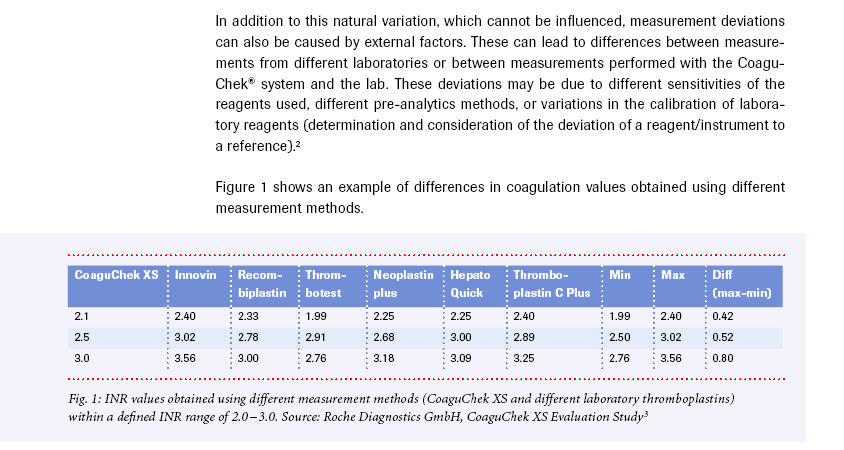I was around 25 in the very late 1970s. Standard physical. Murmur, "nothing to worry about."
At the time I was in an HMO in Minnesota. It kind of freaked me out to know something was wrong with my heart. I got a physical every year since I was a kid and nobody ever picked it up. This doctor, who came from a famous family of cardiologists, prided himself in being able to hear them early... a skill, he said, he had picked up in the Army.
That was great,
but... I had to fight the HMO to let me get a further diagnostic test. After some time they let me get an echo (2D at the time).
I got the echo, left the HMO and have had it monitored it every year since. It was mostly thought to be a "probable" bicuspid, because my body structure made it difficult to see exactly what it was. A CT scan/MRI or two was more definitive that it was bicuspid.
Over the years we moved to a variety of cities, and multiple times bounced back and forth between the east and west coasts. As a result, I saw a lot of different cardiologists and internists. It wasn't until our final move back west, in 2013, that the head of cardiology at UCSD in San Diego suggested I get a CT to get a
base line on my aorta, as well. After all, with that bicuspid...
Turns out I had an aneurism, about 4.5cm. So... we watched it multiple times a year as it grew. But we equally watched the heart, especially the left ventricle... the goal was to make sure it didn't expand – at least not to the point of no return. And, oddly, in later years I was always told that my regurgitation looked worse than it actually was. But nobody knew why.
As time went on the aneurysm grew, I ultimately went on the 4x a year scan plan, alternating MRIs with echos.
Long story short - two years ago as the aneurism was around 4.8-4.9 my cardiologist suggested "lets do it again in 3 months."
But I sensed something changing in my body. I considered myself asymptomatic, but started to feel some pressure when I walked up VERY steep hills. My recovery time was taking too long.
At the time I had consulted with Cleveland several times for a second opinion. In the past the surgeon there said, "next year." This time he suggested we make an appointment and fly out for an in-person assessment.
This was February 2020. After the series of tests there, the surgeon and the cardiologist suggested it was time to start getting serious about surgery. The cardiologist at Cleveland said it should certainly be done by the end of the year. My daughter was having a baby in July, so I said to the surgeon, "Could we do it in August?"
His response: "If I were you, I'd do it now."
Kicker #1: He was far more concerned about my valve, which turned out to be the driver for surgery, than the aneurysm, which was 4.9cm. In fact, he wouldn't have operated if it was just the aorta. But the valve had finally deteriorated to the point that I was facing heart damage if I didn't do it then.
Kicker #2, as I have mentioned previously - it wasn't a bicuspid valve, but a unicuspid valve – a surprise to the surgeon. (I think poster Unicusp and I are in a very slim group that makes it into your 50s/60s with a unicuspid not having been replaced.) I was 67, and the beauty of the heart is that over all those years, it compensated for the valve, by growing larger (not in an enlarged heart kind of way, but as an "athlete's heart.")
Kicker #3: I also had to have a single bypass of an artery in the back of my heart - not one that would kill me if it had become 100% blocked, but one that would have caused angina or a heart attack. I wondered if that was the pain I was feeling as I was walking up hill. The doctors seem to think the pain was the steep deterioration in my valve. (I also wondered how I could have had any blockage since I eat very well. The answer was that if I didn't eat well.... I'd probably either be dead or have had a heart attack.

)
Kicker #4: The day we left Cleveland was the day Cleveland was locking down for covid. Had we waited another 3 months for another assessment – or until August, as I had hoped – the surgery likely would have been delayed and/or the entire ordeal would have been personally more difficult for my family.
Moral of the story – reflected by quite a few stories in this thread – is to be your own advocate. I had the luxury of years to prepare, by educating myself via whatever new study was published and/or videos, etc.... even at times challenging my cardiologist on his suggestions. By surgery time, I was definitely in the mindset to get it done. Very glad I did!























